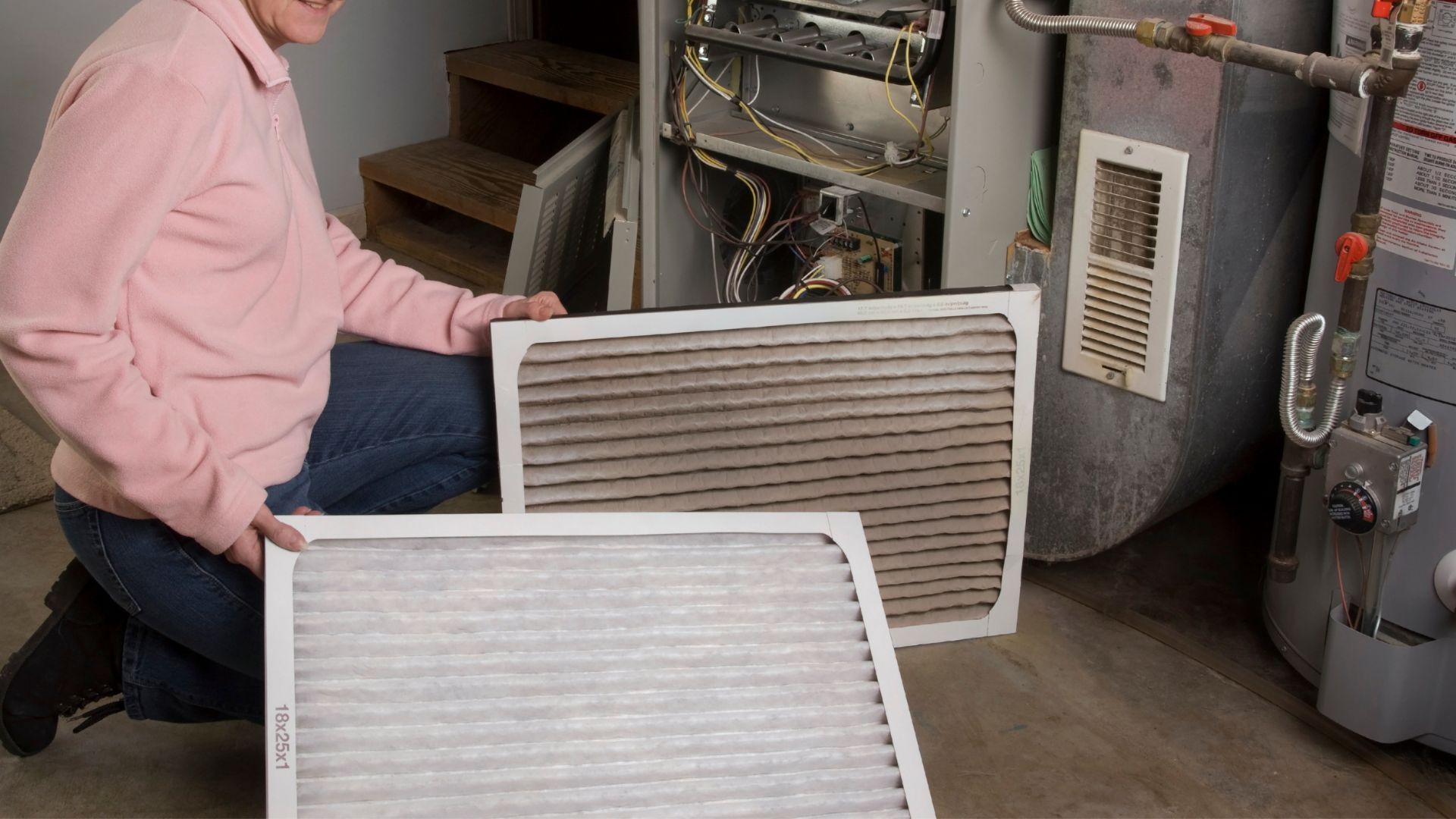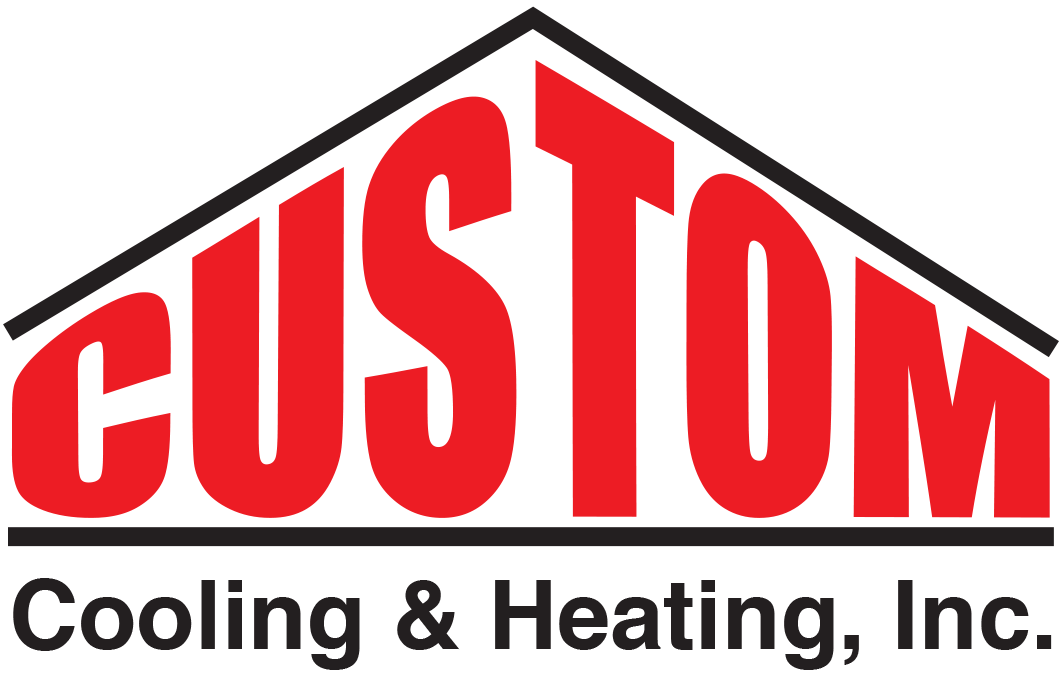The Benefits of Home Zoning Systems
Achieving the perfect indoor climate in every room of your home can be a challenge, especially when different family members have varying temperature preferences. If you find yourself constantly adjusting the thermostat to accommodate different areas of your home, a home zoning system could be the solution you need. At Custom Cooling & Heating, we specialize in innovative HVAC solutions, including home zoning systems, to provide enhanced comfort, energy efficiency, and cost savings.
What is a Home Zoning System?
A home zoning system divides your house into multiple climate-controlled areas, allowing you to set different temperatures for each zone. This system utilizes dampers within the ductwork and individual thermostats for each zone, giving you precise control over your home’s heating and cooling. Whether you want to cool the upstairs bedrooms while keeping the downstairs warmer, or adjust temperatures based on room usage, a zoning system makes it possible. Due to each home having a different duct design, Custom Cooling & Heating, INC will perform an onsite evaluation of the duct system and offer specific solutions for your system.
Key Benefits of Home Zoning Systems
1. Enhanced Comfort for Every Room
Traditional HVAC systems often create temperature inconsistencies, making some areas too hot or too cold. Zoning systems allow for customized climate control, ensuring every room stays at a comfortable temperature for its occupants.
2. Increased Energy Efficiency
With a home zoning system, you can direct heating and cooling only where it’s needed, reducing energy waste. By not conditioning unoccupied areas, your HVAC system operates more efficiently, leading to lower energy consumption.
3. Lower Utility Bills
By using energy more effectively, a zoning system can significantly cut down your monthly heating and cooling costs. According to the U.S. Department of Energy, homeowners can save up to 30% on energy bills with a properly installed zoning system.
4. Prolonged HVAC System Lifespan
A traditional HVAC system works harder to maintain a uniform temperature throughout the entire home, leading to more wear and tear. A zoning system reduces strain on your HVAC unit, helping to extend its lifespan and reduce the need for frequent repairs.
5. Personalized Temperature Control
Each zone in your home will have its own thermostat, allowing family members to set their preferred temperatures in different areas. This eliminates thermostat battles and ensures comfort for everyone.
6. Ideal for Multi-Story Homes & Large Spaces
Homes with multiple floors often experience temperature imbalances. A zoning system helps regulate temperatures more effectively, keeping upper floors from getting too warm in the summer or too cold in the winter.
Is a Home Zoning System Right for You?
A home zoning system is ideal for homeowners who:
- Live in a 2-story home and are not comfortable on the 2nd floor
- Have rooms that are rarely used and don’t need constant heating or cooling.
- Experience noticeable temperature differences between floors or rooms.
- Want to reduce energy waste and lower their utility bills.
- Have family members with different temperature preferences.
Experience the Benefits with Custom Cooling & Heating
At Custom Cooling & Heating, we specialize in designing and installing home zoning systems tailored to your needs. Our expert team can assess your home’s layout and heating/cooling demands to create an efficient, customized solution that maximizes comfort and energy savings.
If you’re ready to enhance your home’s climate control and efficiency,
contact Custom Cooling & Heating today to learn more about our home zoning system solutions!
Read our latest articles



